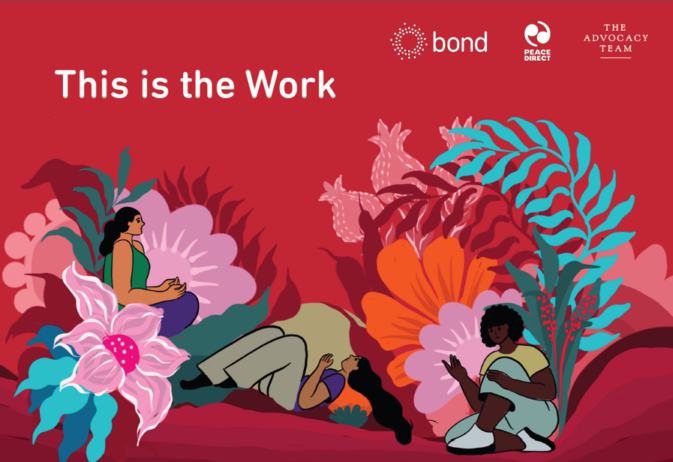Want to make an app? 3 considerations for NGOs
Chances are you’ve already used a mobile app today: your phone’s weather alert, the game of Candy Crush you played on your commute or even the mobile browser you’re reading this on.
The charity sector may not have been the quickest to start launching mobile apps, but recently NGOs have released some interesting apps, and the cost of entry is falling.
One well-known example is the World Food Programme’s Share the Meal, which periodically prompts you to tap your phone to donate $0.50, enough to feed a child for the day – so far over 27 million meals have been given.
Apps can come in many forms. WaterAid’s Talk to Sellu was a chatbot built on Facebook Messenger where you could “talk” with Sellu, a farmer and carpenter in Tombohuaun, Sierra Leone. Users could ask pre-selected questions and get automated answers and follow-up questions, providing insight into life in Tombohuaun.
“We wanted to build up the community not as a ‘case study’ to observe, but, through immersive storytelling, one the supporter could feel part of. Comments showed that people built a relationship with Sellu, and with Tombohuaun more broadly,” says Dan Gray, digital engagement manager at WaterAid.
Another recent example is Plan Connect, a sponsorship app that Plan International UK is currently piloting. The app allows people to sponsor a child and engage with them through texts, photos and videos, all of which are checked as part of strict safeguarding policies.
Subscribe to our newsletter
Our weekly email newsletter, Network News, is an indispensable weekly digest of the latest updates on funding, jobs, resources, news and learning opportunities in the international development sector.
Get Network News“Plan has dipped into the ‘digital space’ before and our assessment is that some sponsors may be keen to use an app that enhances the relationship with their sponsored child,” says Plan fundraising director Alan Gosschalk. Unsurprisingly, early findings suggest that sponsors using the app are younger than Plan’s current demographic of sponsors so there is potential for it to reach new supporters.
So, you’ve got a great idea for your own app! What do you need to think about?
What purpose does the app serve?
About that great idea… have you really thought it through? What are the objectives of the app and how are you going to measure them? Who is the target audience and how do you get them to use the app? Have you spoken to existing supporters and end users to get their opinion?
“We focused on ‘how can we improve the sponsor experience?’ If the app is not solving a problem or addressing a user need, then don’t make one,” advises Alan Gosschalk.
Is somebody already doing this?
Apps require in-house expertise and/or paying someone to build it for you. Rather than building everything from scratch, is there something already out there you could use?
Some organisations have partnered with existing software providers or businesses. For example, what3words is a system dividing the world into 3m x 3m squares and assigning each one a unique three-word address – particularly useful in contexts where traditional street addresses don’t exist. This system can be integrated with other platforms, and the company has a programme that allows qualifying NGOs to access the technology for free or a nominal fee. The UN has even integrated it into its own app for faster emergency response.
Olivia Clasper, head of communications at what3words, says that tech companies are keen to see their products used by NGOs as it helps to improve brand perception and motivates employees. The cost and ease of integration will vary between apps but in general she says that “more and more companies are making their tech easily accessible and available at minimal cost to charitable causes”.
You’ve built your own app – what happens now?
Congratulations! But just because your app is on the app store doesn’t mean you can have a break. For starters, getting people to sign up to the app can be more difficult than building it: WaterAid’s Dan Gray says: “the challenge with any app or third-party content experience is building up that supporter base, and avoiding churn once they’ve joined up.” Alan Gosschalk cautions, “don’t expect miracles straight away.”
Once it’s up and running, find out how people are using it and be prepared to make changes. “Never view the product you’ve developed as static. You’ve got to iterate and iterate… if you can’t evolve, you’ll end up with a fossil,” says Gray.
Category
News & Views



